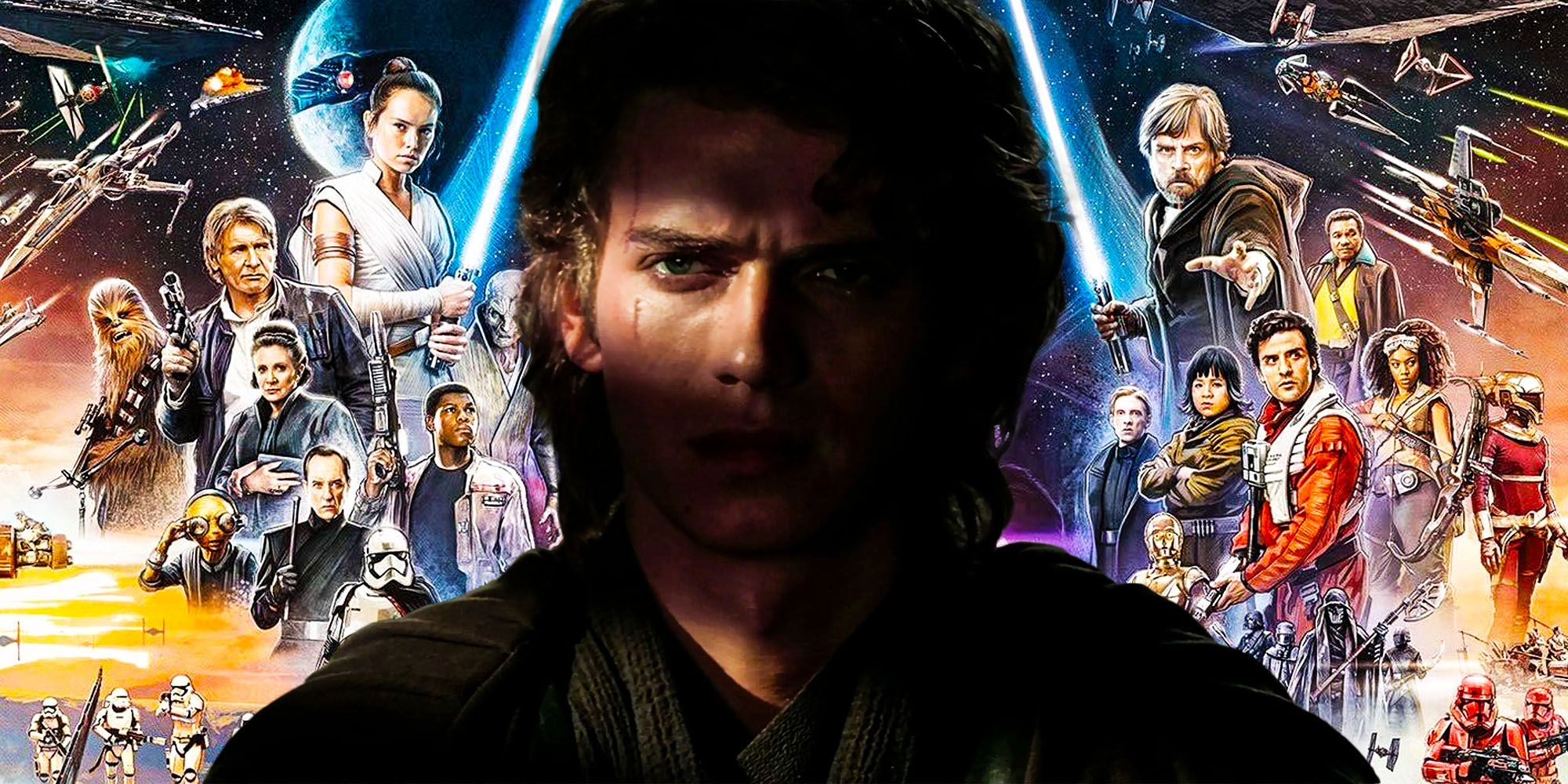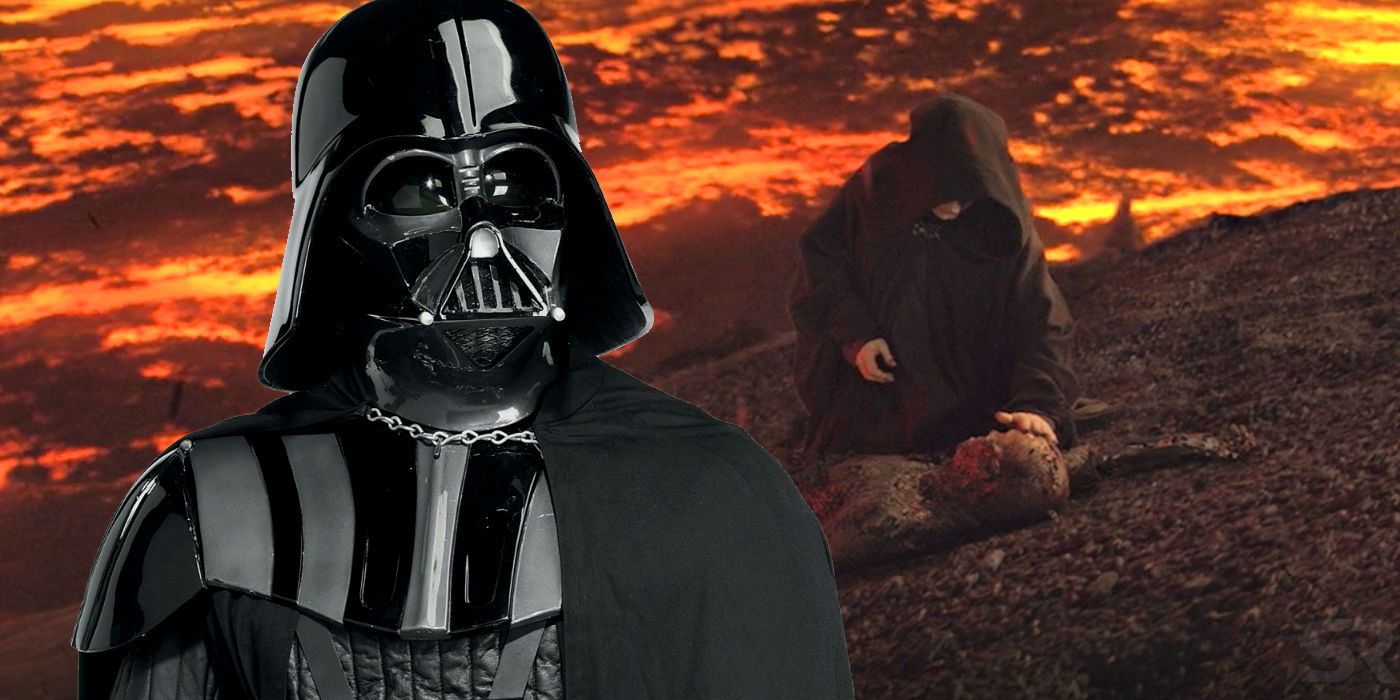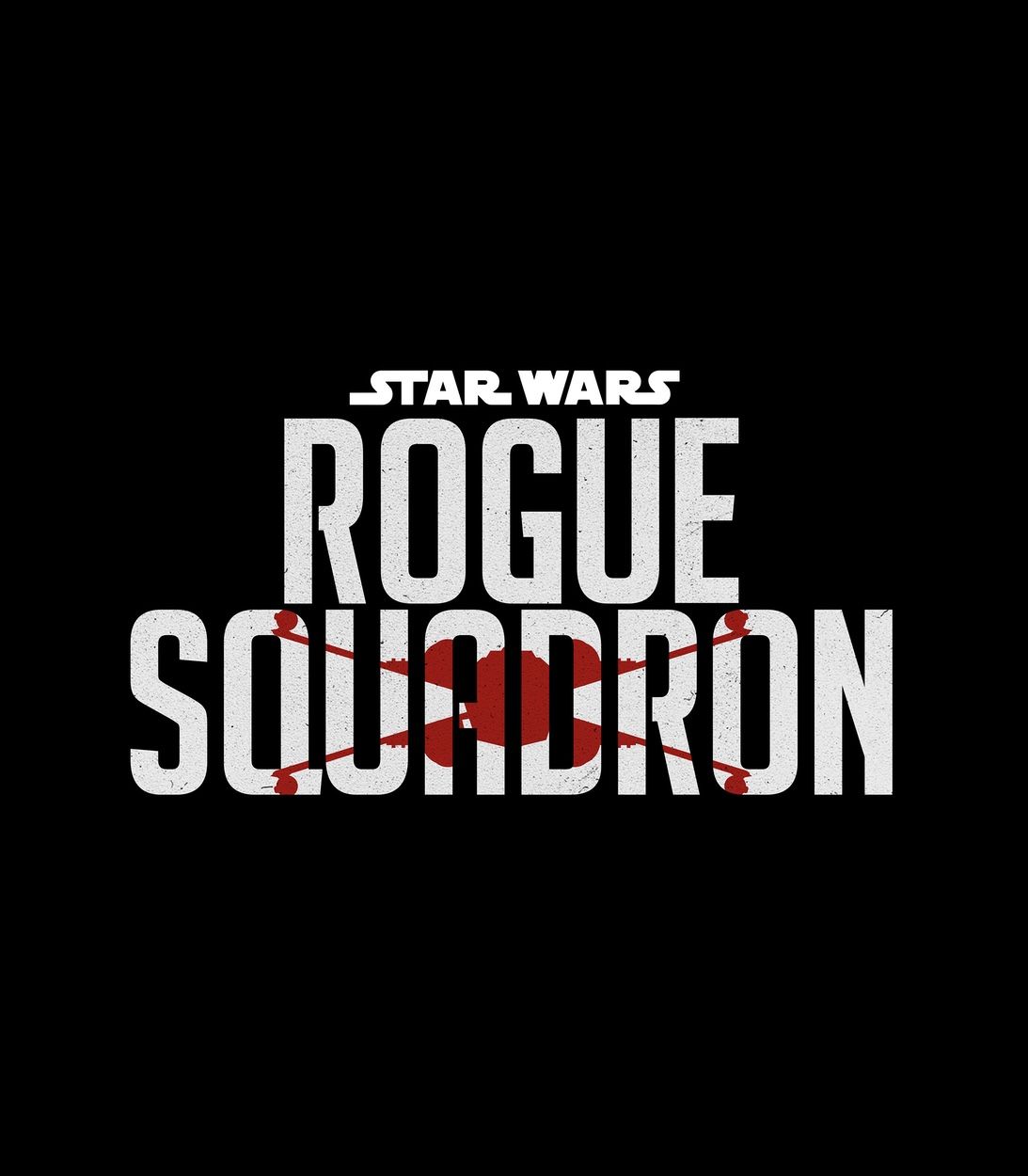Star Wars: Episode III – Revenge of the Sith broke a long-standing Star Wars film tradition, but it created a new one in the process. The Star Wars saga is an epic space opera film series whose installments, while often dealing with dark subject matters, are suitable for children and adults. Five out of the six original Star Wars movies were rated PG, while Revenge of the Sith was the first to be rated PG-13. While this made Revenge of the Sith stand apart from its predecessors, nearly every following Star Wars film was rated PG-13 as well, making the final prequel the film to set this standard.
The first five Star Wars saga films depict wars on a galactic scale, with futuristic weaponry far more advanced than anything in reality. Despite this, the action in the films is usually bloodless. Among the few notable exceptions are Owen and Beru Lars’ charred corpses (the result of Imperial blaster weapons) and Ponda Boba’s severed arm (a rare instance of a lightsaber not instantly cauterizing a wound). Typically, the darker material in the Star Wars films is more emotional and abstract, making the PG rating suitable.
Revenge of the Sith was the culmination of Anakin Skywalker’s transformation into Darth Vader and showed the fall of both the Jedi Order and the Galactic Republic. To depict this, the film was more explicitly brutal and violent, showing the deaths of numerous Jedi, including children, at the hands of Darth Vader and the brainwashed Clone Army. However, what truly made the film cross the line from PG to PG-13 was Darth Vader’s brutal immolation on Mustafar, which resulted in him wearing his iconic survival suit. By pushing the boundary of how brutal a Star Wars film could be, Revenge of the Sith may have influenced all following live-action Star Wars films, which shared its MPAA rating.
Each of the Star Wars sequel trilogy films earned their PG-13 rating, with First Order Stormtroopers executing unarmed and innocent villagers, Kylo Ren’s telepathic torture of Poe Dameron and Rey, and Ochi’s murder of Rey’s parents (with a more conventional metal blade rather than a lightsaber) being too intense for a PG rating. Similarly, the brutal and chaotic battle scenes in Rogue One: A Star Wars Story and Solo: A Star Wars Story proved that even the normally tame blaster battles of the franchise could result in gruesome deaths. However, there was one Star Wars film after Revenge of the Sith that had a PG rating.
Star Wars: The Clone Wars began in 2008 as a theatrical film before it became a television series mere months later. While the movie features several large-scale battles between Republic and Separatist forces, each with plenty of Clone Trooper casualties, the violence was no more intense than the first five Star Wars saga films. The movie was intended for a younger audience, more so than the rest of the saga, so toning down the brutality was a wise move for it.
The Star Wars films have become more violent over time, but they’re never excessive. The series, after all, is intended for children, but it tells its stories with emotional maturity and respect for viewer intelligence that makes it equally enjoyable for adult viewers. The Star Wars sequel and spinoff films sought to tell darker stories than the original Star Wars trilogy and the first two prequels, perhaps influenced by Revenge of the Sith, which is generally seen as the strongest prequel film. By breaking the tradition of having a PG rating, Star Wars: Episode III – Revenge of the Sith created a new tradition showing a bit more violence without taking things too far.



